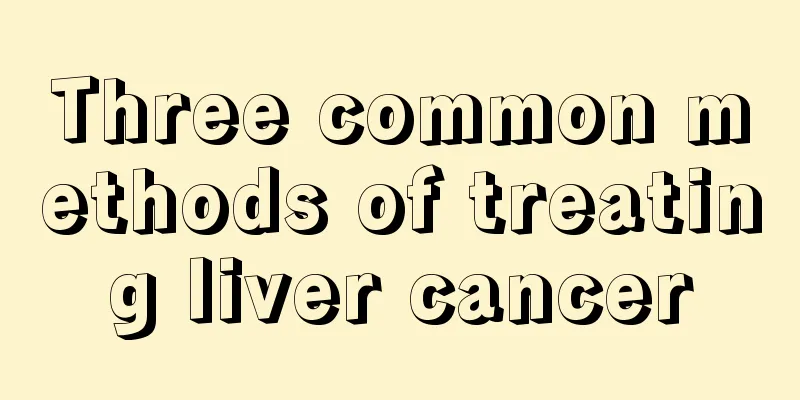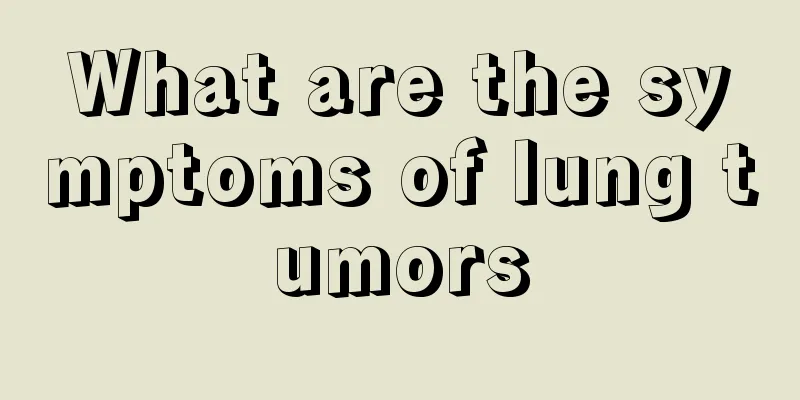What are the causes of stomach pain and frequent hiccups?

|
Many people's stomachs are not in good condition. Not only do they feel bloated and stomach pain, but they also burp frequently. There are several symptoms of hiccups. Some occur before and after meals, and some occur after talking loudly or laughing. Stomach pain and hiccups may be caused by chronic gastritis, gastroptosis, and atrophic gastritis. If hiccups often occur after meals, it may be due to indigestion, gastric ulcer or gastric food accumulation. Why do I have stomach pain and hiccups at night? 1. What causes stomach pain and hiccups at night? Stomach pain, bloating, and hiccups may be caused by fullness after meals or all day long, belching but no acid reflux, poor appetite, gradual weight loss, and slightly pale or gray complexion. Chronic gastritis should be considered in middle-aged and elderly people, especially chronic atrophic gastritis and gastroptosis. Abdominal distension and pain after meals, often with nausea, vomiting, and occasional vomiting of blood, a history of stomach problems that have recently worsened, or no history of stomach problems that have only recently developed, accompanied by anemia, weight loss, loss of appetite, and a hard lump felt above the navel or heart, may be stomach cancer. Upper abdominal pain after meals, or nausea, vomiting, or a feeling of indigestion. Symptoms persist for many years, often occurring in autumn. The pain may be rhythmic, such as after catching a cold, getting angry, or eating spicy food. This may be a gastric ulcer. When you have stomach pain, bloating, and hiccups, you need to find out the cause. There must be a reason for stomach pain, bloating, and hiccups. If you often experience stomach pain, bloating, and hiccups, it is best to go to the hospital for relevant digestive system examinations. For example, some chronic gastritis and gastroesophageal reflux disease will cause stomach pain, bloating, and hiccups. 2. How to check stomach pain Gastroscopy and biopsy: Gastroscopy combined with direct biopsy is the main method for diagnosing chronic gastritis. Superficial gastritis is often most obvious in the gastric antrum and is mostly diffuse. The surface of the gastric mucosa changes into red and white or patterned changes, sometimes with scattered erosions, and often with white or yellowish-white exudate. The mucosa of atrophic gastritis is mostly pale or grayish white, with thinner or flatter wrinkles. Due to the thinning of the gastric mucosa, the submucosal blood vessels can be seen and appear purple-blue. The lesions can be diffuse or mainly in the gastric antrum. 3. Location of stomach pain The stomach is located in the upper abdomen, in the depression below the sternum and above the navel (close to the pit of the stomach). If the abdomen is divided into four areas, pain in the upper middle part of the left side is most likely stomach pain. However, it may also be caused by diseases of the esophagus, duodenum, gallbladder, liver or pancreas, so the duration of pain, accompanying symptoms, etc. are also needed as criteria for judgment. |
<<: How to make milk steamed buns
>>: What are the functions of red syzygium wilfordii
Recommend
What are the dietary taboos for bladder cancer
Bladder cancer is a disease that many people are ...
Will smokers definitely get lung cancer?
Among various human cancers, the causes of most o...
Conventional methods of Western medicine in treating bile duct cancer
Conventional methods of Western medicine for trea...
Is it normal for silicone pacifiers to have a smell?
We all know that the healthy growth of children c...
Ovarian cancer may cause abdominal distension in the middle stage
Ovarian cancer may cause abdominal distension in ...
What kind of underwear is suitable for flat chested people?
Girls still encounter many problems when buying u...
How to improve stiff neck and shoulder muscles?
White-collar workers who often work in offices ar...
How to wash yellow pillowcases
If the pillow is dirty, it is very troublesome to...
What is the reason for hamstring twitching
Many people have experienced twitching hamstrings...
What is gastrointestinal perforation
Gastrointestinal perforation is a perforation of ...
Causes of rough skin
I often hear female friends complain that their s...
What are the treatments for melanoma
Melanoma is a disease that the earlier it is trea...
Can I run if I have early stage bile duct cancer?
Exercise can strengthen the body. Now it can be s...
Is it good to drink yogurt on an empty stomach?
Maybe many of us still have doubts about whether ...
What is the reason for coffee-colored mucus in stool
Stool is the normal excretion of the human body, ...









